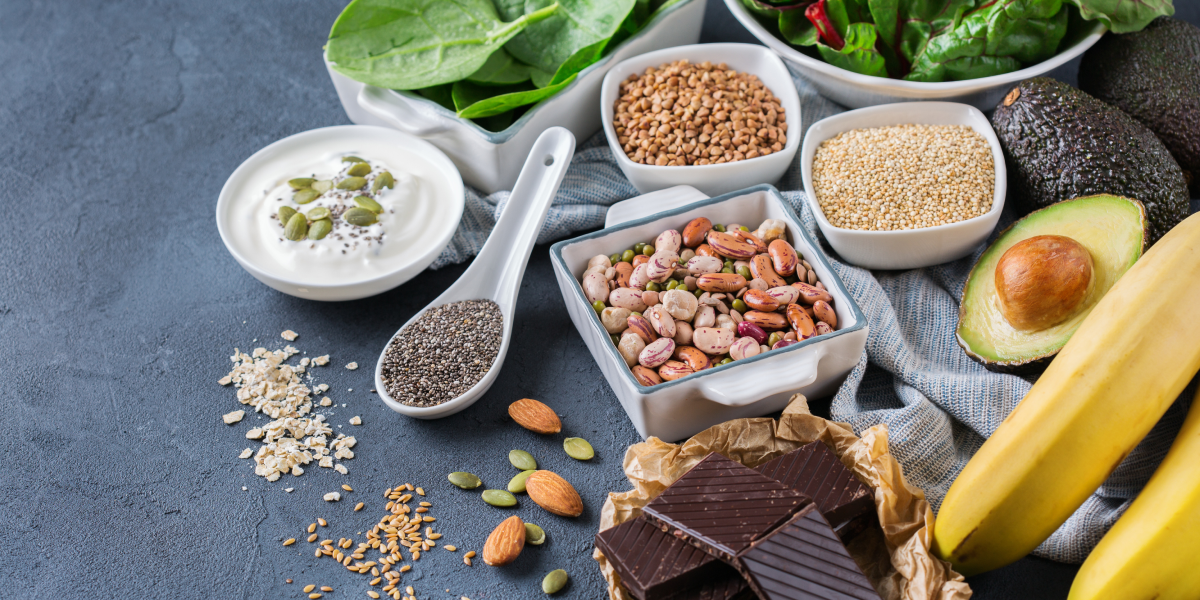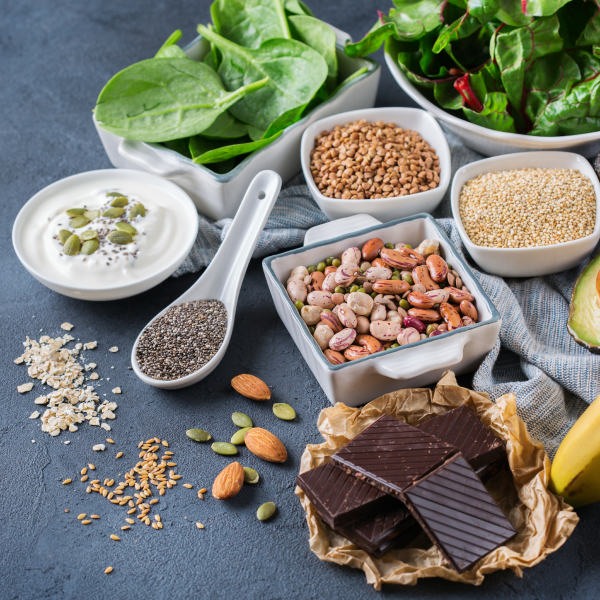written by Morgan Rosin
Electrolytes play a crucial role in the proper functioning of the human body. When athletes work out, they lose not only fluid but also electrolytes within their sweat. Understanding what an electrolyte is, the role it plays within the human body, and how to best replace lost electrolytes is paramount for optimal performance and recovery.
In short, electrolytes are minerals in your blood and other bodily fluids that carry an electric charge. The most common electrolytes in the human body are sodium (Na+), potassium (K+), magnesium (Mg2+), calcium (Ca2+), and chloride (Cl-). Each of these minerals plays a critical role in the basic functioning of the human body.
Failure to replenish lost electrolytes increases the potential for injury, muscle cramps, cognitive dysfunction, performance impairment and, in more severe cases, hyponatremia. To read more about the impact of electrolytes on your performance check out our article on Understanding Electrolytes.
Getting to Know Your Electrolytes
Learn more about the key minerals found within your sweat, the role that they perform for your body, and common foods that contain them.
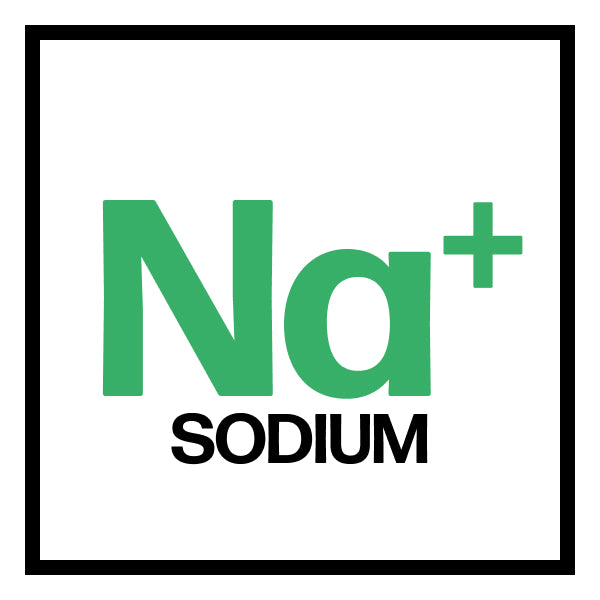
Sodium (Na+) is the primary extracellular electrolyte and plays a crucial role in regulating fluid balance, nerve function, and muscle contraction. It also helps maintain normal blood pressure. Sodium can be found in cheese, table salt (sodium chloride), processed foods (like canned soups, processed meats, and salty snacks), bread and other baked goods, pickles and olives.

Potassium (K+) is the primary intracellular electrolyte and is essential for maintaining proper muscle function, nerve signaling, and heart rhythm. It works in conjunction with sodium to regulate fluid balance and is crucial for maintaining normal blood pressure. High potassium foods include bananas, oranges and orange juice, potatoes, spinach and other leafy greens, avocados, fish (like salmon and tuna), and beans and legumes.
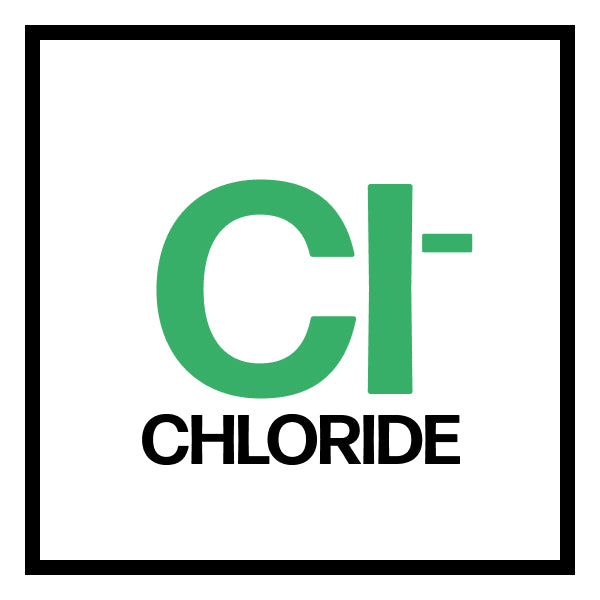
Chloride (Cl-) works with sodium and potassium to maintain proper fluid balance and is involved in the production of stomach acid, which aids in digestion. Similar to sodium, chloride can be found in table salt and olives. It additionally can be found in seaweed, rye and tomatoes.
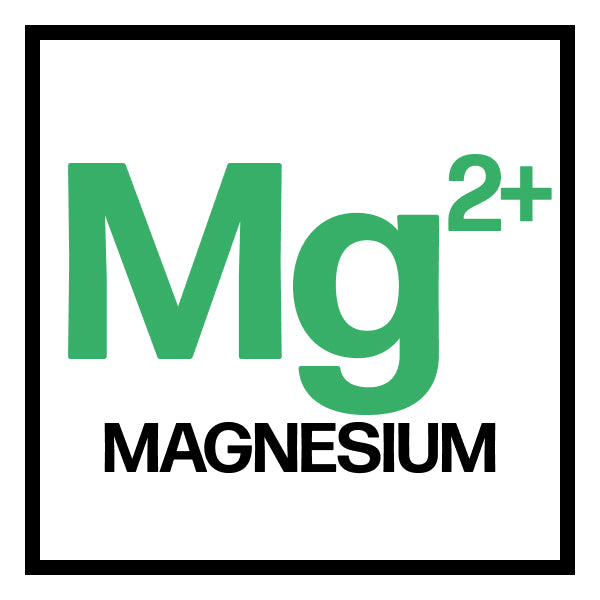
Magnesium (Mg2+) is involved in many processes in the body, including regulating muscle and nerve function, blood sugar levels, blood pressure, protein synthesis and it also contributes to bone health. Nuts and seeds (almonds, cashews, pumpkin seeds, sunflower seeds), whole grains (oats, brown rice, quinoa, whole wheat), leafy greens, legumes, avocados, and dark chocolate are good sources of magnesium.
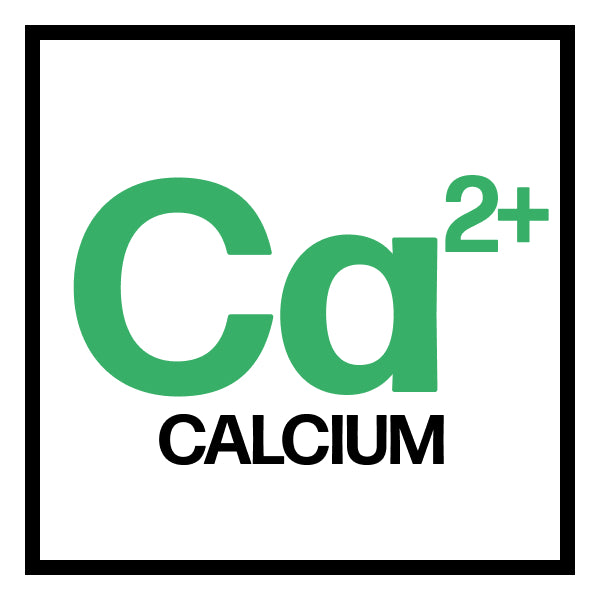
Calcium (Ca2+) is necessary for bone and teeth health, blood clotting, muscle contraction, nerve function, and cell signaling. It also plays a role in regulating heart rhythm. Foods with calcium include dairy products (milk, cheese, yogurt), leafy greens, tofu and sardines.
How can I determine my electrolyte breakout?
The Nix Hydration Biosensor can be utilized to capture an athlete’s total fluid and electrolyte losses when working out. Each workout summary will showcase the total milligrams of electrolytes lost in aggregate. This data can be used to extrapolate the individual minerals that should be replaced. In general, published literature provides a breakout of the micronutrients found in sweat. While each individual is different, the average electrolyte breakout is 47.4% sodium, 47.4% chloride, and 4.7% potassium. There are also nominal amounts of calcium and magnesium at ~0.2% each. Nix users can apply these average percentages to their aggregate electrolyte losses to better determine their individual replenishment needs.
Which mineral should I focus the most on?
While sodium is a primary focus for athletes, it's essential to recognize that other electrolytes, such as potassium and magnesium, are also lost in sweat and play important roles in muscle function and overall health. Depending on the duration and intensity of exercise, athletes may need to consider replacing a broader spectrum of electrolytes to maintain optimal performance and recovery.
Electrolyte replenishment strategies
Just like sweat rate, the rate at which an athlete loses electrolytes is highly variable from one athlete to the next, which makes crafting an effective replenishment strategy incredibly challenging. To complicate it further, the concentration of electrolytes in an athlete’s sweat also varies with their sweat rate. In other words, when an athlete’s sweat rate increases, the concentration of electrolytes in their sweat often does too. Similar to the way two athletes will sweat differently from one another, the same athlete will sweat differently day to day. An individual’s electrolyte needs can vary based on weather, activity, clothing, and a number of other factors. The Nix Hydration Biosensor will capture an athlete's fluid and electrolyte losses and calculate a sweat composition number based on the two metrics. This number is then used as a guide to identify the brands or products whose formulation best matches your individual needs.
Athletes should tailor their electrolyte replacement strategies based on individual needs, sweat rates, environmental conditions, and the duration and intensity of exercise. Consulting with a sports nutritionist or dietitian can help athletes develop personalized hydration and electrolyte replacement plans to support their training and performance goals.




